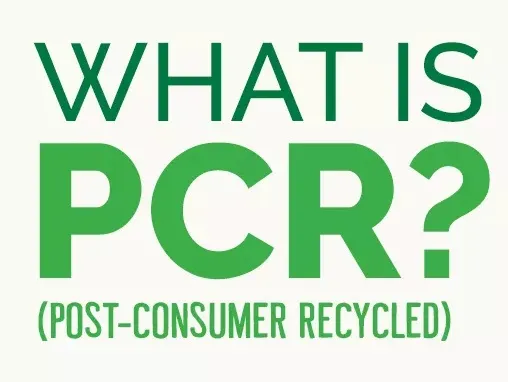- Afrikaans
- Albanian
- Amharic
- Arabic
- Armenian
- Azerbaijani
- Basque
- Belarusian
- Bengali
- Bosnian
- Bulgarian
- Catalan
- Cebuano
- chinese_simplified
- chinese_traditional
- Corsican
- Croatian
- Czech
- Danish
- Dutch
- English
- Esperanto
- Estonian
- Finnish
- French
- Frisian
- Galician
- Georgian
- German
- Greek
- Gujarati
- haitian_creole
- hausa
- hawaiian
- Hebrew
- Hindi
- Miao
- Hungarian
- Icelandic
- igbo
- Indonesian
- irish
- Italian
- Japanese
- Javanese
- Kannada
- kazakh
- Khmer
- Rwandese
- Korean
- Kurdish
- Kyrgyz
- Lao
- Latin
- Latvian
- Lithuanian
- Luxembourgish
- Macedonian
- Malgashi
- Malay
- Malayalam
- Maltese
- Maori
- Marathi
- Mongolian
- Myanmar
- Nepali
- Norwegian
- Norwegian
- Occitan
- Pashto
- Persian
- Polish
- Portuguese
- Punjabi
- Romanian
- Russian
- Samoan
- scottish-gaelic
- Serbian
- Sesotho
- Shona
- Sindhi
- Sinhala
- Slovak
- Slovenian
- Somali
- Spanish
- Sundanese
- Swahili
- Swedish
- Tagalog
- Tajik
- Tamil
- Tatar
- Telugu
- Thai
- Turkish
- Turkmen
- Ukrainian
- Urdu
- Uighur
- Uzbek
- Vietnamese
- Welsh
- Bantu
- Yiddish
- Yoruba
- Zulu
printing die
Understanding Printing Die A Key Component in Modern Printing
In the realm of printing, the term printing die refers to a specialized tool used to create specific designs, shapes, and images on various materials, including paper, cardboard, and plastics. The printing die is instrumental in processes such as die-cutting, embossing, and foil-stamping, making it a critical component in the manufacturing of packaging, labels, and promotional materials.
At its core, a printing die is a metal or polymer mold that is designed to transfer a design onto a substrate. The functionality of printing dies can be categorized into various types based on their intended uses. For instance, cutting dies are utilized to cut shapes out of materials, while embossing dies create raised designs on the surface of the substrate. Similarly, foil dies are used to apply metallic foil onto materials, often to enhance the aesthetic appeal of products.
The process of creating a printing die generally begins with design. Graphic designers often use specialized software to create the visual elements that will be transferred to the die. This digital design is then converted into a physical die, usually made from steel, brass, or other durable materials. The conversion can be achieved through techniques such as laser cutting, which allows for high precision and intricate patterns, or traditional handcrafting methods for simpler designs.
Once the die is created, it can be mounted onto a printing press. During the printing process, the die applies pressure to the substrate, transferring the design through various techniques, including stamping, cutting, or embossing. This process is crucial for packaging companies that need to produce items in large volumes while maintaining consistent quality and accuracy.
printing die

One of the significant advantages of using printing dies in modern manufacturing is efficiency
. By automating the process of applying designs, manufacturers can significantly reduce production times and labor costs. This efficiency is especially beneficial in industries that require fast turnaround times, such as advertising, where getting a product to market swiftly can provide a competitive edge.Moreover, printing dies allow for creativity and customization. Businesses can create unique packaging that stands out on store shelves, fostering brand recognition and consumer interest. With advances in technology, printing dies can accommodate even the most elaborate designs without sacrificing quality or increasing costs significantly.
Sustainability is another vital aspect of utilizing printing dies. Many companies are exploring eco-friendly materials for their dies and substrates. The industry is gradually shifting towards sustainable practices, from using recyclable materials to implementing production techniques that minimize waste. This transition is important, as consumers increasingly prioritize environmentally conscious brands.
Despite the advantages that printing dies offer, there are some considerations to keep in mind. The initial costs of creating a die can be high, particularly for bespoke designs. Additionally, if a design needs to be changed or updated frequently, the need for new dies can become a financial burden. Companies must weigh these factors against the long-term benefits of using printing dies.
In conclusion, printing dies play an essential role in the modern printing process, facilitating the creation of intricate designs and packaging that elevate brand identity. Their ability to enhance efficiency, support creativity, and encourage sustainability makes them invaluable to various industries. As technology continues to evolve, the future of printing dies looks promising, paving the way for even more innovative and eco-friendly solutions in the printing domain.













